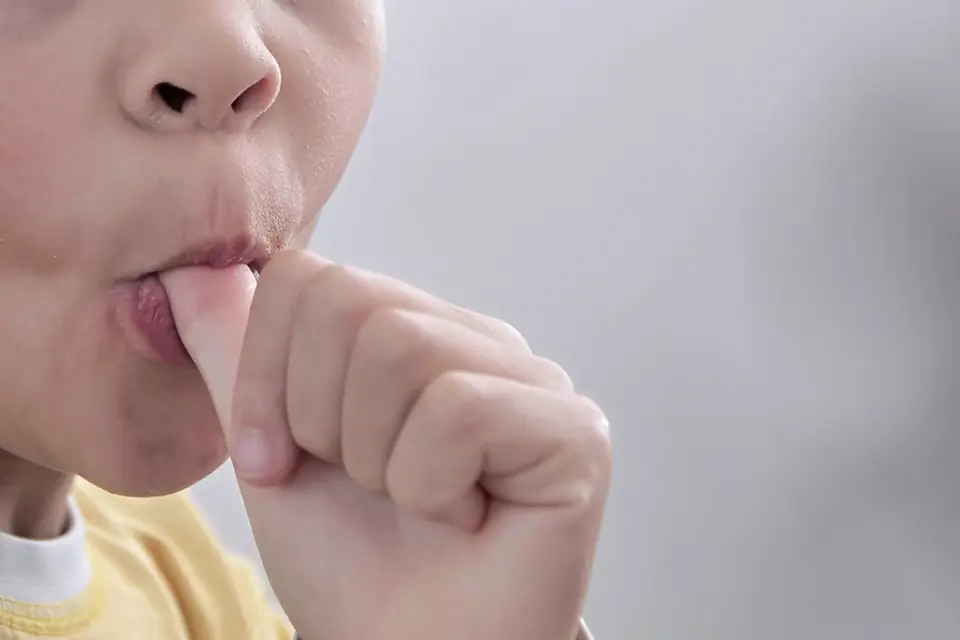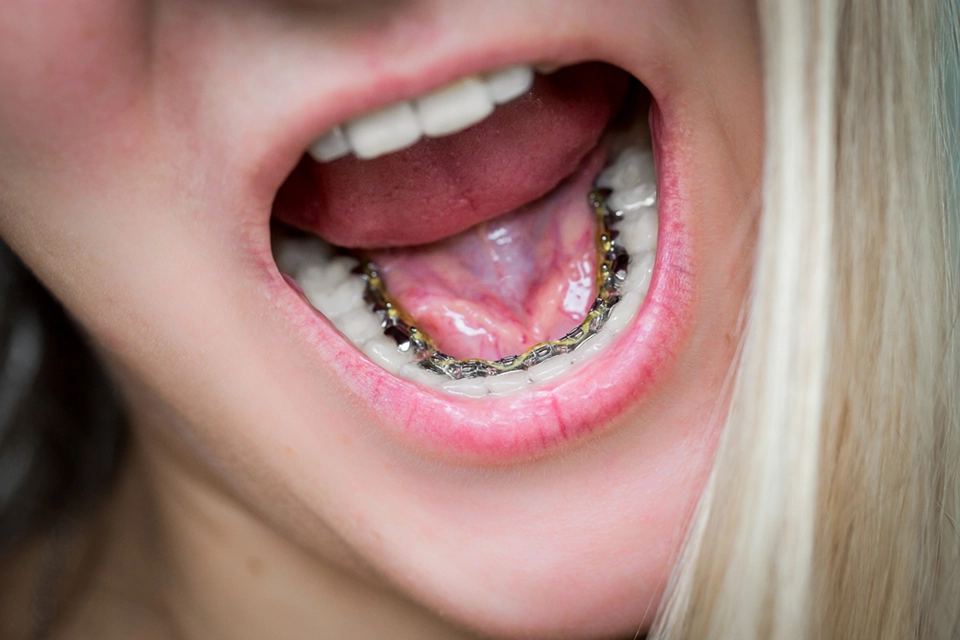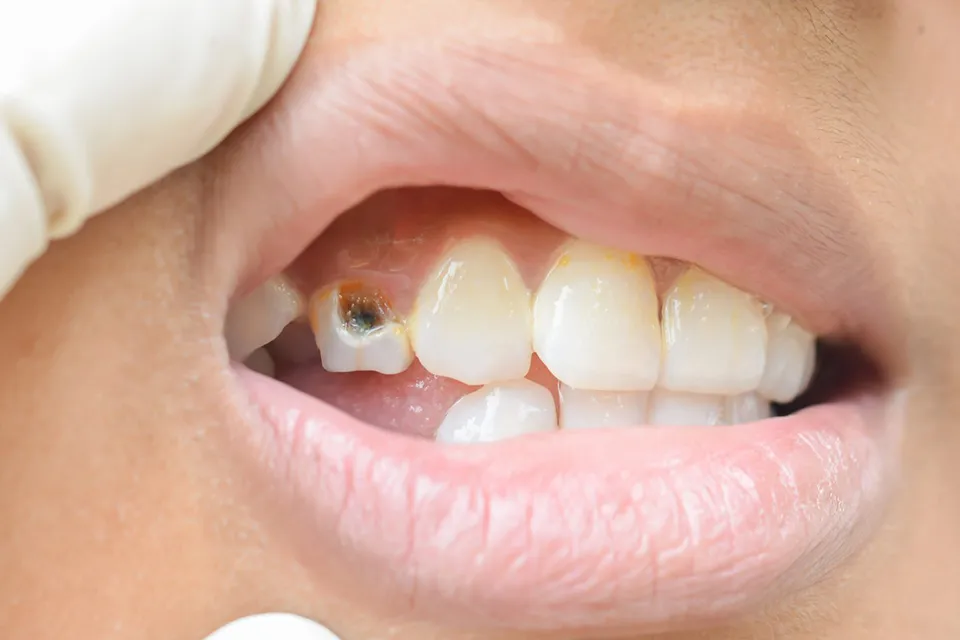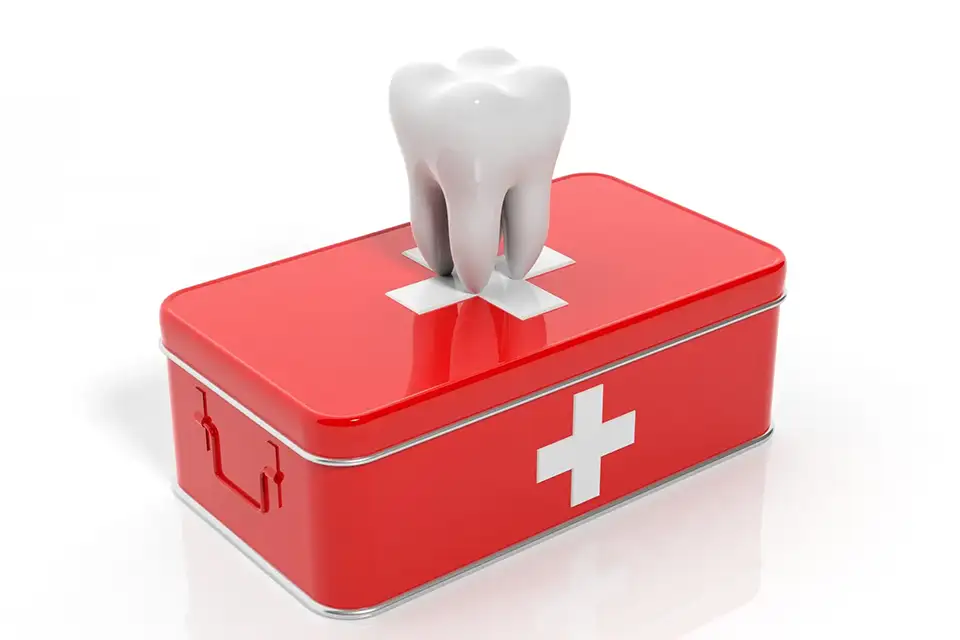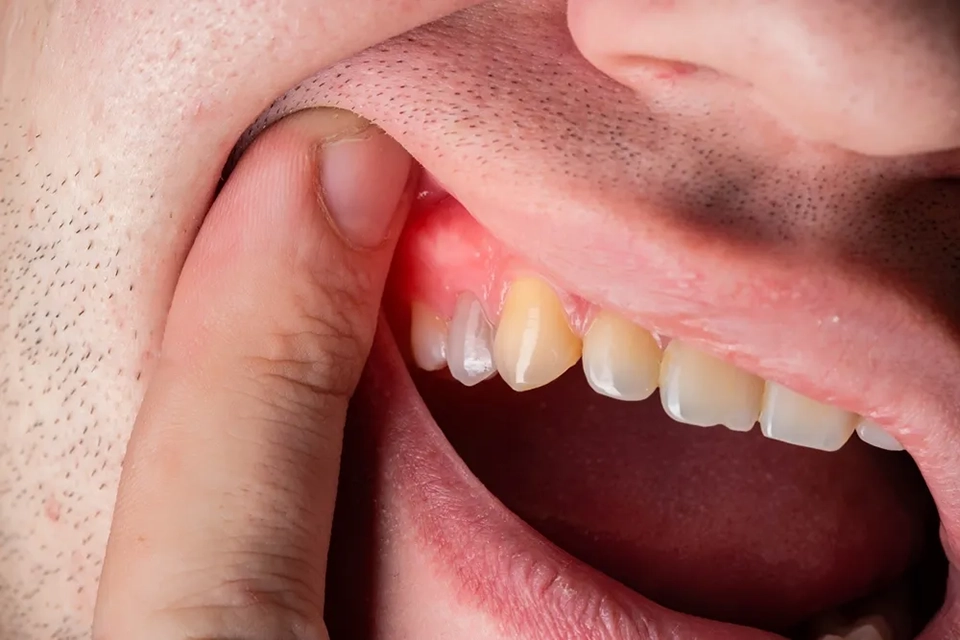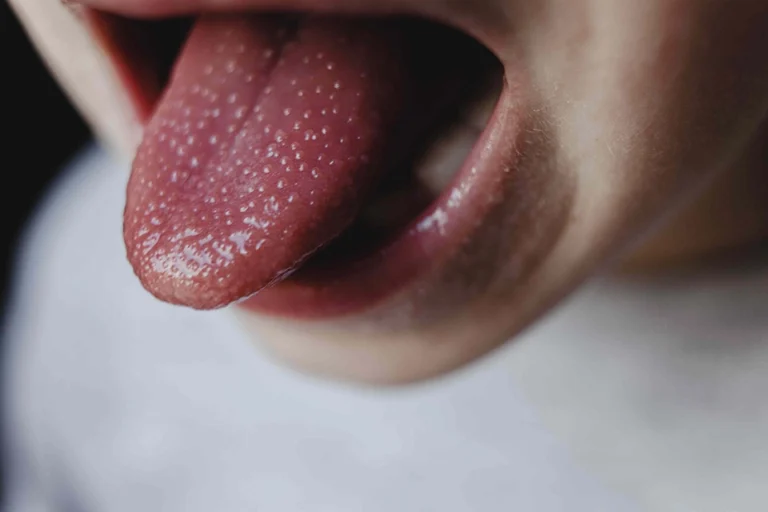Tooth extractions are among the most common dental procedures performed by professionals, and they are frequently caused by decay, damage, or overcrowding. While they are generally safe and well-tolerated, an infection after tooth extraction may develop. Infections can slow the healing process and, in some cases, cause serious complications. This blog post will examine what causes infections after tooth extractions, how they are treated, and what preventive measures you can take to minimize risk.
What Causes an Infection After Tooth Extraction?
While tooth extractions are performed under sterile conditions, infections can still occur for various reasons. Some of the most common causes are:
Bacteria Entering the Extraction Site
Bacteria entering the open wound left behind after a tooth extraction is the most common source of infection. These bacteria can come from food debris, saliva contamination, or poor oral hygiene. During the healing period, it is crucial to maintain a clean extraction site to avoid infection. It’s important to avoid touching the extraction site with dirty hands and to keep the area as free from contaminants as possible.
Dry Socket
A dry socket is a condition in which the protective blood clot that forms over the extraction site becomes dislodged or dissolves prematurely. This exposes the bone and nerves in the empty socket, making them vulnerable to infection. Dry sockets are most common in the lower jaw and can be painful. Without the blood clot, the healing process is significantly delayed, increasing the risk of infection.
Weakened Immune System
A weakened immune system can make it harder for your body to fight bacteria and infection. Diabetes, smoking, and immunocompromising treatments can increase your risk of infection after tooth extraction. Smoking, in particular, can slow down the healing process and increase the risk of dry socket and infection.
Failure to Follow Aftercare Instructions
Following a tooth extraction, your dentist will provide detailed aftercare instructions. These instructions are critical for avoiding infection and promoting proper healing. Failure to follow these guidelines—such as rinsing too soon, smoking, or touching the area—can disrupt the healing process and expose the wound to bacteria. These actions raise the possibility of developing an infection and other complications.
How to Treat an Infection After Tooth Extraction
If you suspect you have an infection following a tooth extraction, act quickly to prevent it from worsening. Here’s how an infection is usually treated:
At-Home Care
- Rinsing with Warm Salt Water: Rinsing with warm salt water is a simple and effective way to treat mild infections. Saltwater helps to clean the area and reduces bacterial growth. It can also reduce pain and swelling. However, rinsing too vigorously may dislodge the blood clot and worsen the condition.
- Avoiding Irritating Foods and Drinks: After tooth extraction, it is critical to avoid spicy, hard, or acidic foods that can irritate the area and slow healing. Choose soft foods and plenty of fluids to promote healing without irritating the wound.
- Using a Cold Compress: A cold compress applied to the outside of your face can help reduce swelling and relieve the discomfort caused by infection. To avoid skin damage, apply the compress at regular intervals for 15-20 minutes.

Medical Treatments
- Antibiotics: If the infection is severe or does not improve with home care, your dentist may prescribe antibiotics. Antibiotics kill the bacteria that cause the infection and prevent it from spreading further. To ensure that the infection is fully treated, it is critical to adhere to the prescribed dosage and finish the entire course of antibiotics, even if symptoms improve.
- Draining the Infection: In some cases, if the infection has caused an abscess, your dentist may need to drain the infection. This procedure involves removing pus from the infection site to relieve pressure and pain and promote healing.
- Follow-Up Dental Visits: After an infection is diagnosed, your dentist may schedule a follow-up appointment to monitor your recovery. This is critical for ensuring the infection has cleared, and no further complications arise.
How to Prevent Infection After Tooth Extraction
Preventing infection after a tooth extraction is critical to ensuring a smooth and healthy recovery. Following proper aftercare steps can significantly reduce your risk of developing an infection.
Proper Aftercare Steps
The first step in preventing infection is keeping the extraction site clean while avoiding disturbing the protective blood clot. For the first few days, avoid brushing directly over the extraction site and instead use a gentle, soft-bristled toothbrush for the surrounding teeth. You can gently rinse the area with a saline solution but avoid rinsing too vigorously or spitting.
Avoid Smoking, Straws, and Vigorous Rinsing
Smoking can impede healing and increase the risk of dry sockets and infection. If possible, avoid smoking for at least 48-72 hours following the extraction. Furthermore, using straws can produce suction, which may dislodge the blood clot and expose the wound. It’s also essential not to rinse too forcefully, as this can disturb the clot.
Following Dietary Recommendations
Your dentist will provide dietary recommendations to help your body heal properly. Choose soft foods that do not require excessive chewing or pressure. Avoid hot or spicy foods, as they may irritate the extraction site. Drinking plenty of water is essential for staying hydrated and accelerating healing.
FAQs About Tooth Extraction Infections
How common is infection after tooth extraction?
Infections after tooth extractions are uncommon, but they can happen, especially if proper aftercare is not followed or the patient’s immune system is weakened.
How long does it take for an infection to develop?
An infection can develop within a few days to a week after the extraction, depending on the cause and whether the area is kept clean. If you experience increased pain, swelling, or the presence of pus, see your dentist.
Can I treat an infection without antibiotics?
Good home care might be enough for minor infections, but antibiotics are typically necessary to treat bacterial infections effectively. Always consult your dentist before stopping any prescribed antibiotics.
How do I know if I have a dry socket or an infection?
Dry sockets typically cause severe pain within the first few days after extraction and may have a foul odor. An infection can cause pain, redness, swelling, or pus. Your dentist can diagnose the condition and provide appropriate treatment.
While infections after tooth extractions are uncommon, they can cause significant discomfort and slow healing. Understanding the causes, treatment options, and preventive measures will allow you to navigate the recovery process easily.
If you suspect an infection after a tooth extraction, seek professional help immediately. At Zara Dental in Houston, Texas, we provide you with the best care and advice to ensure a smooth recovery. Contact us today to schedule an appointment or discuss any questions about your post-extraction care. Your health is our top priority!

